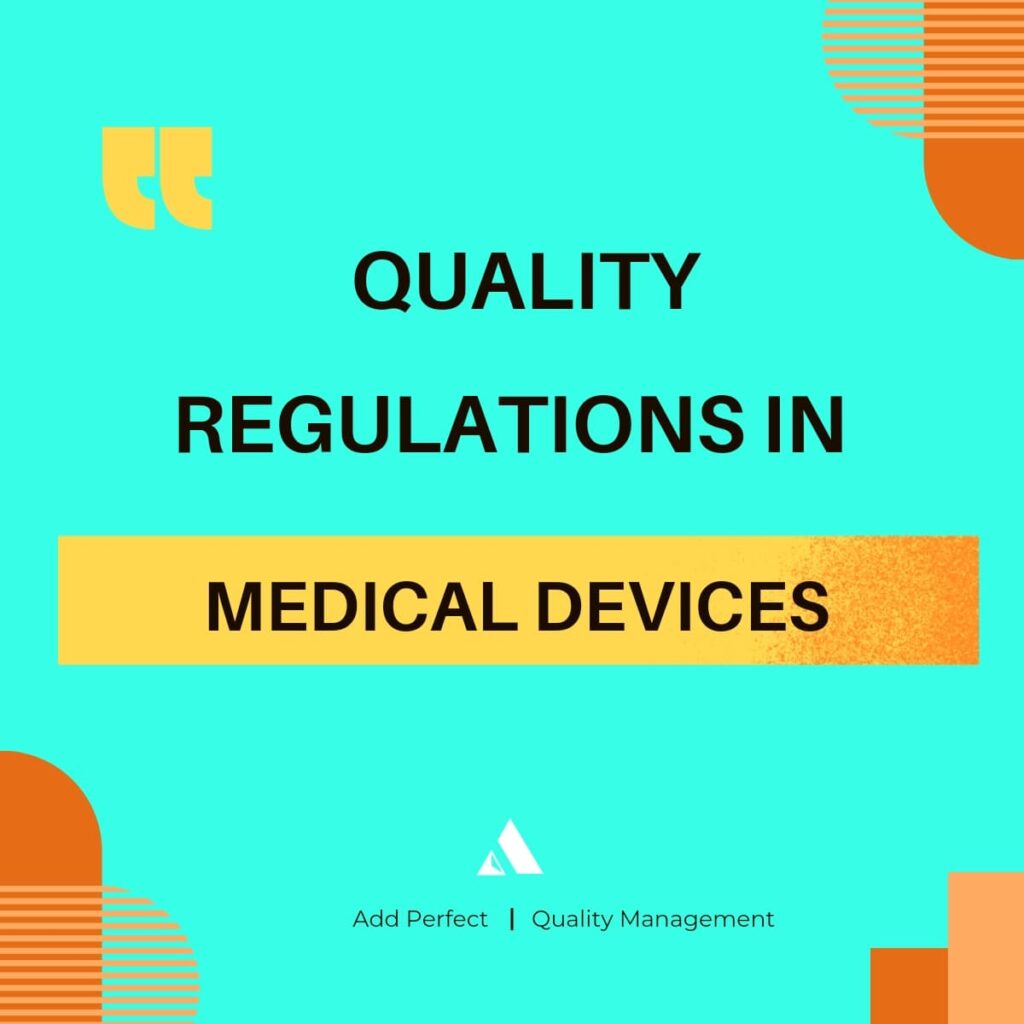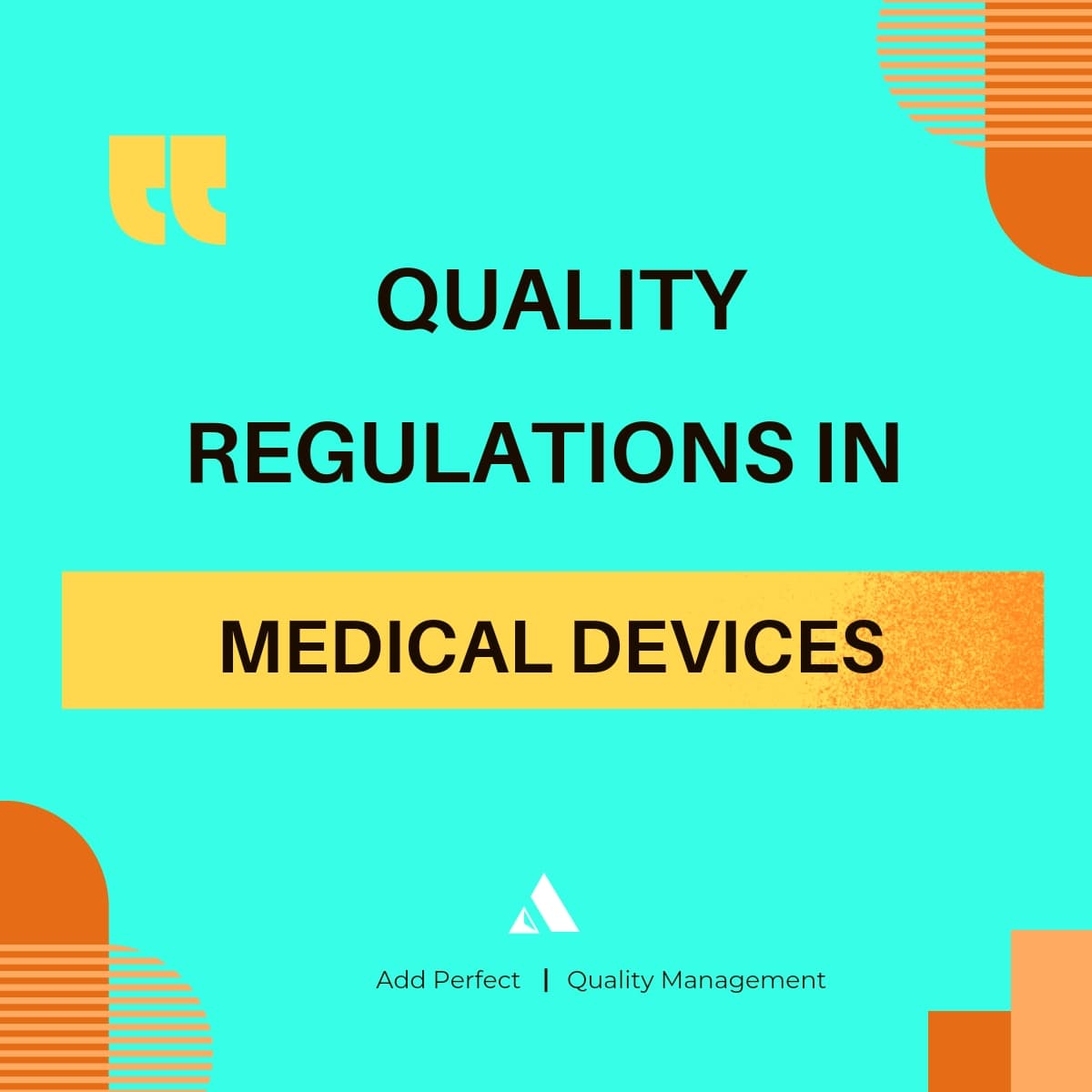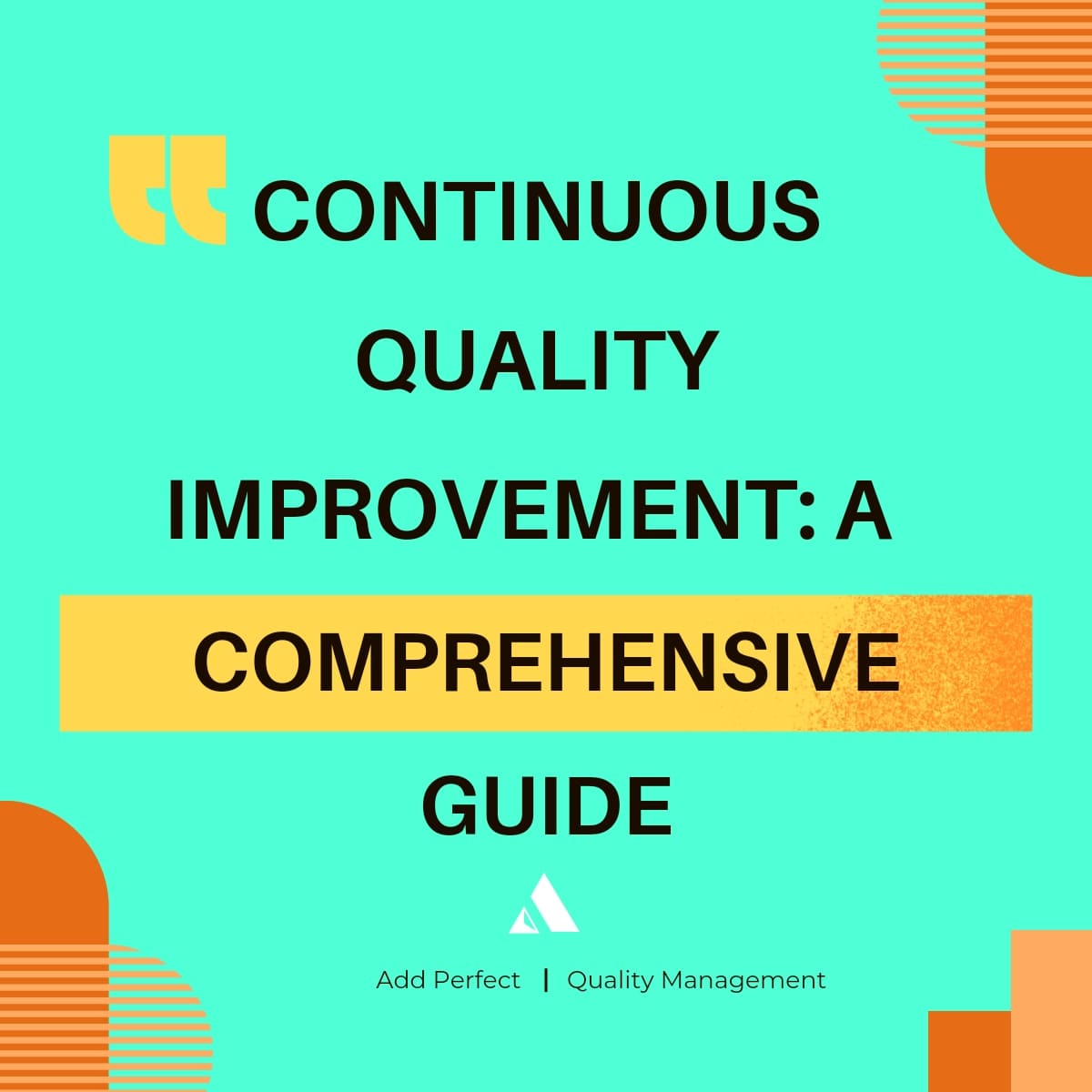Introduction
Quality regulations in medical devices are crucial for ensuring patient safety, device efficacy, and compliance with global standards. These regulations encompass a range of guidelines, standards, and laws that manufacturers must follow to ensure their products meet the highest quality standards. This article provides a detailed overview of the key quality regulations in medical devices, highlighting their importance, implementation, and impact on the industry.

Importance of Quality Regulations in Medical Devices
Quality regulations in medical devices are vital for several reasons:
- Patient Safety: Ensures devices are safe for use and do not pose any harm to patients.
- Efficacy: Guarantees that medical devices perform as intended and provide the desired health benefits.
- Compliance: Ensures adherence to international standards and regulatory requirements, facilitating global market access.
- Market Confidence: Builds trust among healthcare providers, patients, and stakeholders.
- Risk Management: Identifies and mitigates potential risks associated with medical devices.
Key Quality Regulations in Medical Devices
1. ISO 13485:2016
Overview: ISO 13485:2016 is an international standard that specifies requirements for a quality management system (QMS) specific to the medical devices industry.
| Aspect | Details |
|---|---|
| Scope | Applicable to organizations involved in the design, production, installation, and servicing of medical devices. |
| Requirements | Emphasizes risk management, regulatory compliance, and process control. |
| Implementation | Requires documentation of processes, continuous improvement, and regular audits. |
| Benefits | Ensures consistency, improves product quality, and facilitates regulatory compliance. |
2. FDA 21 CFR Part 820
Overview: The U.S. Food and Drug Administration (FDA) 21 CFR Part 820 outlines the Quality System Regulation (QSR) for medical device manufacturers in the United States.
| Aspect | Details |
|---|---|
| Scope | Applies to all medical device manufacturers distributing products in the U.S. |
| Requirements | Includes design controls, production and process controls, corrective and preventive actions (CAPA), and record-keeping. |
| Implementation | Requires establishing a QMS, conducting regular inspections, and ensuring compliance with FDA guidelines. |
| Benefits | Enhances product safety and effectiveness, ensures regulatory compliance, and reduces risk of product recalls. |
3. European Union Medical Device Regulation (EU MDR)
Overview: The EU MDR (2017/745) sets out the requirements for the marketing and distribution of medical devices within the European Union.
| Aspect | Details |
|---|---|
| Scope | Applies to all medical devices marketed in the EU, including software and diagnostic devices. |
| Requirements | Focuses on device classification, clinical evaluation, post-market surveillance, and vigilance reporting. |
| Implementation | Requires manufacturers to maintain a technical file, obtain CE marking, and conduct periodic reviews and updates. |
| Benefits | Ensures high safety standards, improves transparency, and facilitates market access within the EU. |
4. Medical Device Single Audit Program (MDSAP)
Overview: MDSAP allows a single audit of a medical device manufacturer’s QMS that satisfies the requirements of multiple regulatory jurisdictions.
| Aspect | Details |
|---|---|
| Scope | Covers the U.S., Canada, Brazil, Japan, and Australia. |
| Requirements | Involves comprehensive audits covering regulatory requirements of participating countries. |
| Implementation | Conducted by an MDSAP-recognized auditing organization, with audit results shared among regulatory bodies. |
| Benefits | Reduces the need for multiple audits, saves time and resources, and ensures consistent regulatory compliance. |
5. Good Manufacturing Practices (GMP)
Overview: GMP regulations ensure that products are consistently produced and controlled according to quality standards.
| Aspect | Details |
|---|---|
| Scope | Applies to all aspects of production, from raw materials to finished products. |
| Requirements | Includes guidelines for manufacturing processes, quality control, equipment, and facilities. |
| Implementation | Requires detailed documentation, regular inspections, and continuous monitoring. |
| Benefits | Ensures product quality and safety, reduces contamination risks, and enhances consumer confidence. |
6. International Medical Device Regulators Forum (IMDRF)
Overview: IMDRF is a voluntary group of medical device regulators from around the world who work together to harmonize regulatory practices.
| Aspect | Details |
|---|---|
| Scope | Includes members from the U.S., EU, Japan, Canada, Australia, Brazil, and China. |
| Requirements | Focuses on harmonizing pre-market and post-market requirements, clinical evaluations, and device classifications. |
| Implementation | Encourages collaboration and sharing of regulatory practices and guidelines among member countries. |
| Benefits | Promotes global regulatory convergence, reduces duplication of efforts, and facilitates international trade. |
7. Risk Management (ISO 14971:2019)
Overview: ISO 14971:2019 provides a framework for managing risks associated with medical devices.
| Aspect | Details |
|---|---|
| Scope | Applicable to all stages of a medical device’s lifecycle, from design to disposal. |
| Requirements | Involves identifying, evaluating, controlling, and monitoring risks. |
| Implementation | Requires a risk management plan, regular reviews, and documentation of risk assessments and mitigations. |
| Benefits | Enhances patient safety, ensures regulatory compliance, and improves product reliability. |
8. Post-Market Surveillance (PMS)
Overview: PMS involves monitoring the performance and safety of medical devices after they have been released to the market.
| Aspect | Details |
|---|---|
| Scope | Applies to all medical devices, including those already on the market. |
| Requirements | Includes adverse event reporting, periodic safety updates, and post-market clinical follow-ups. |
| Implementation | Requires establishing a PMS plan, collecting and analyzing data, and taking corrective actions when necessary. |
| Benefits | Identifies and addresses potential issues, ensures ongoing compliance, and enhances patient safety. |
9. Clinical Evaluation (MDR Annex XIV)
Overview: Clinical evaluation is the process of assessing and analyzing clinical data to verify the safety and performance of a medical device.
| Aspect | Details |
|---|---|
| Scope | Required for all medical devices in the EU. |
| Requirements | Involves systematic literature reviews, clinical investigations, and post-market clinical follow-ups. |
| Implementation | Requires a clinical evaluation plan, regular updates, and documentation of findings. |
| Benefits | Ensures devices are safe and effective, supports regulatory submissions, and enhances market confidence. |
10. UDI System (Unique Device Identification)
Overview: The UDI system involves assigning a unique identifier to medical devices, facilitating traceability and post-market surveillance.
| Aspect | Details |
|---|---|
| Scope | Applies to all medical devices, with varying implementation timelines depending on device class. |
| Requirements | Includes device labeling, database registration, and reporting. |
| Implementation | Requires assigning UDIs, updating labels, and maintaining records in a global database. |
| Benefits | Improves traceability, enhances post-market surveillance, and reduces counterfeiting. |
Implementation of Quality Regulations in Medical Devices
Implementing quality regulations in medical devices involves several key steps:
- Establish a Quality Management System (QMS): Develop and document a QMS that complies with relevant regulations and standards.
- Conduct Regular Audits: Perform internal and external audits to ensure ongoing compliance and identify areas for improvement.
- Training and Education: Provide regular training for employees on regulatory requirements and quality standards.
- Risk Management: Implement risk management practices to identify, assess, and mitigate potential risks.
- Documentation and Record-Keeping: Maintain detailed records of all processes, inspections, and corrective actions.
- Continuous Improvement: Regularly review and update quality processes to enhance efficiency and compliance.
Conclusion
Quality regulations in medical devices are essential for ensuring the safety, efficacy, and reliability of medical devices. By adhering to these regulations, manufacturers can ensure that their products meet the highest standards, gaining market trust and avoiding regulatory penalties. Implementing a robust QMS, conducting regular audits, and staying updated with regulatory changes are crucial steps in maintaining compliance and delivering high-quality medical devices.



